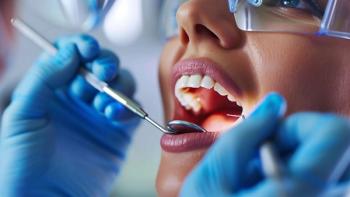
Antibody Drug Conjugates ‘Make Chemotherapy Targeted’ for Patients With Cancer
An expert explains how antibody drug conjugates work to treat cancer.
Antibody drug conjugates have changed the cancer treatment landscape by offering a way to deliver chemotherapy in a more targeted fashion, sparing healthy cells and cutting down on side effects, explained Dr. Ian Krop, associate cancer center director of Clinical Research, director of the clinical trials office and chief clinical research officer at Yale Cancer Center.
“Because the chemotherapy is attached to the antibody, it's not able to go through the bloodstream and damage normal tissues,” Krop said in an interview with CURE®’s sister publication, OncLive®. “So, the idea of an antibody drug conjugate is to bring chemotherapy to the cancer cell, but protect normal tissues from that same chemotherapy”
Transcription:
The idea of an antibody drug conjugate is to take advantage of the fact that antibodies, which are these either naturally formed or synthetic proteins that are very specific for one thing in the body.
We can make an antibody against any protein on any cancer cell, and if you give that antibody into the bloodstream of a patient, it will go through the blood and find and stick to that target on a cancer cell and not anything else in the body.
The idea from an antibody drug conjugate is to say, “well, let's take advantage of the fact that that (this) antibody is so specific for something on a cancer and attach a chemotherapy drug to that antibody.” So now when you inject that antibody linked to the drug, which we call antibody drug conjugate, when you inject that into a person, it goes into the body, finds the cancer and this time it brings with it this chemotherapy, so it's a way of selectively delivering chemotherapy, right to a cancer cell.
Because the chemotherapy is attached to the antibody, it's not able to go through the bloodstream and damage normal tissues. So the idea of an antibody drug conjugate is to bring chemotherapy to the cancer cell, but protect normal tissues from that same chemotherapy. So it's a way of cutting down the side effects of giving chemotherapy. Essentially, it's making chemotherapy targeted.
For more news on cancer updates, research and education, don’t forget to




